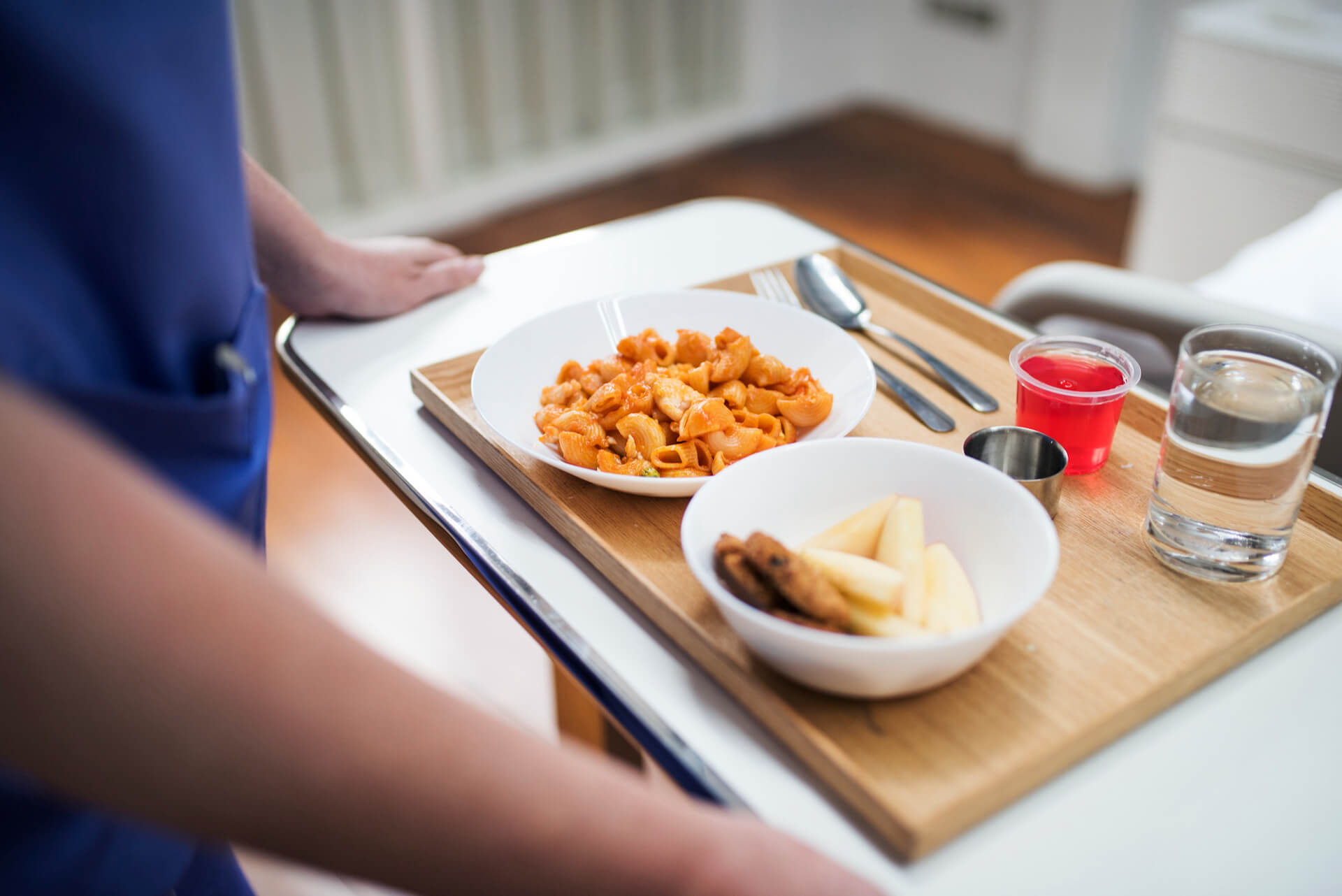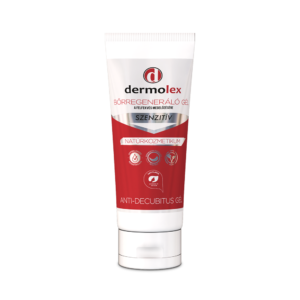A balanced diet is crucially important for recovery. Consuming nutrient-dense foods supports the healing process. How many calories does an elderly bedridden person need? The caloric needs of bedridden seniors vary depending on their age, health status, body weight, medical condition, and other factors. Due to the lack of intense physical activity elderly bedbound patients tend to have lower caloric needs than active seniors. Nevertheless, some medical conditions may significantly increase the required caloric intake.
What are calories?
A calorie is a unit of energy. It is defined as the amount of energy required to increase the temperature of one gram of water by one degree Celsius. In nutrition, calories refer to the energy content of foods and beverages. When you consume less energy than your total daily energy expenditure (TDEE) you will lose weight. A caloric deficit is a fundamental element of all weight loss meal plans. To learn more about the energy content of a food item, you can check the nutritional information on the food packaging. Macronutrients provide different amounts of energy:
- Protein provides 4 calories per gram.
- Carbohydrate provides 4 calories per gram.
- Fat provides 9 calories per gram.
Elderly bedridden patients are more likely to lose muscle tissues due to the lack of physical activity. Proper nutrition may reduce the hypertrophy of muscle fibers. Medical experts and dietitians often start creating diet plans by answering the following question: how many calories does an elderly bedridden person need?
How many calories does an elderly bedridden person need?
Optimal daily calorie intake varies depending on the levels of physical activity, age, health status, and other factors. People who are restricted to bed usually need fewer calories than active patients. Medical experts often recommend following a reduced-calorie diet for bedridden people.
A research paper published in The Journals of Gerontology studied the caloric requirements of immobile elderly patients. Based on the findings of the study, the energy expenditure of elderly patients is 18.8 calories per kilograms of bodyweight. The study suggests a daily caloric intake of:
- 752 calories a day for a patient weighing 40 kilograms / 88 pounds.
- 940 calories a day for a patient weighing 50 kilograms / 110 pounds.
- 752 calories a day for a patient weighing 60 kilograms / 132 pounds.
- 752 calories a day for a patient weighing 70 kilograms / 154 pounds.
- 752 calories a day for a patient weighing 80 kilograms / 176 pounds.
- 752 calories a day for a patient weighing 90 kilograms / 198 pounds.
- 752 calories a day for a patient weighing 100 kilograms / 220 pounds.
Immobilized patients with pressure ulcers require more calories for recovery. According to the findings of the paper, the energy expenditure of elderly patients with bedsores is 25.8 calories per kilograms of bodyweight. The paper suggests a daily calorie intake of:
- 1032 calories a day for a patient weighing 40 kilograms / 88 pounds.
- 1290 calories a day for a patient weighing 50 kilograms / 110 pounds.
- 1548 calories a day for a patient weighing 60 kilograms / 132 pounds.
- 1806 calories a day for a patient weighing 70 kilograms / 154 pounds.
- 2064 calories a day for a patient weighing 80 kilograms / 176 pounds.
- 2322 calories a day for a patient weighing 90 kilograms / 198 pounds.
- 2580 calories a day for a patient weighing 100 kilograms / 220 pounds.
All bedridden patients should seek medical advice about their caloric requirements. Consulting with a physician is necessary to plan a proper diet.

What is a pressure ulcer?
Pressure ulcers, also called bedsores and pressure sores, are wounds caused by prolonged pressure on the skin. When blood supply is restricted because of the constant pressure, dendritic cells stop functioning properly. Bedridden patients are at high risk of developing bedsores. Untreated and infected pressure ulcers may lead to lethal health conditions.
Stages of bedsores
Bedsores are described in four categories based on the severity of the skin injury. Symptoms of stage 1 bedsores include uncomfortable itchy sensation, changes in the tone and temperature of the skin. Stage 2 bedsores cause tenderness, painful skin swelling, superficial skin damage, and discolored skin patches. Symptoms of stage 3 pressure ulcers include open wound extending to subcutaneous fat tissue, severe pain, intense and burning sensation. Stage 4 bedsores are the most severe types of pressure injuries which cause intense pain and deeper ulcer extending the tendon, muscle, or bone.
Conclusion
Nutrition plays an important role in the recovery of elderly bedridden patients. Adjusting the diet plan based on the caloric requirements of the patient can fasten the healing process. Malnutrition and immobility are two major risk factors for developing bedsores. Applying the dermolex skin regenerating gel can lower the risk of developing pressure injuries. Carefully selected ingredients of the gel refresh and regenerate the skin exposed to long-term pressure. The gel formulation is rapidly absorbed and will not stain the clothes or the bed linen as it does not contain any colorings or fragrances.
The product complies with Regulation (EC) No 1223/2009 on cosmetic products. It is a ’leave-on product, not to be rinsed when used as intended. The product was studied and evaluated by the Department of Dermatology and Allergology of the Medical and Pharmaceutical Centre of the Faculty of Medicine, Szeged University. The investigators concluded that Dermolex gel was an efficient complement to the therapy of bedsores.


